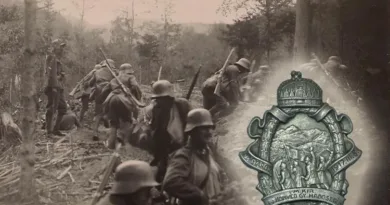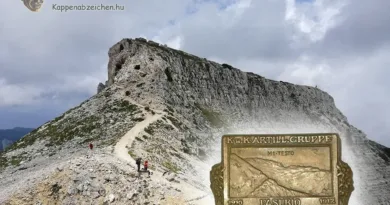Dardanelles
I have already written briefly about the fatal attack of the British in Turkey. I brought up the topic again, mainly because there is a very nice badge that I would like to present.
You can read about the story, that is, the failure of the British-French fleet in breaking through the Dardanelles straits, in detail in many places. I would like to recall only a few things here. The first is definitely the immeasurable quantitative and qualitative superiority that stood behind the British. Churchill obviously proposed the naval action because he was confident in asserting this superiority and expected a quick victory. The goal of the Anglo-French attack was to break through the Dardanelles and directly occupy the Turkish capital, Istanbul. For this, it was necessary to cross the strait.
The strait was protected by a Turkish fortress system. The forts were still built according to the military techniques of the old days, somehow as we see it on the attached postcard. Conquering the forts was supposed to be a delicate task for the armored British fleet. In addition, the Turkish artillery was as outdated and old as the forts themselves, they could hardly harm the modern ships. The fact that the Turkish forces on this front were led by a German general, Otto Liman von Sanders, could not significantly change this basic situation. Despite the bad omens, the Turks entered the fight head on.
To make the passage more difficult, the Turks planted a minefield in the gorge. The British only partially succeeded in picking them up. In the first attack on March 18, 1915, three ships were sunk and one ship was seriously damaged. It all went down due to mine explosions. Another three ships were damaged by coastal artillery. After that, the Entente did not push for a fleet breakthrough. In order to avoid a complete loss of face in front of the despised Turks, he experimented with a landing with even greater losses and a land operation on the Gallipoli peninsula, which I wrote about here before.

I just really like the badge, which is why I brought up the topic again. The captions are written in Turkish with Arabic letters, so unfortunately I don’t know what they mean. The scene, on the other hand, is very plastic, two Turkish infanterists watch the shores in the night depicted by the crescent moon above. The image of the strait is framed by a wide patterned band imitating Turkish prayer rugs, which ends in a Turkish peaked arch above. The beautiful badge is also made of grey metal material.




